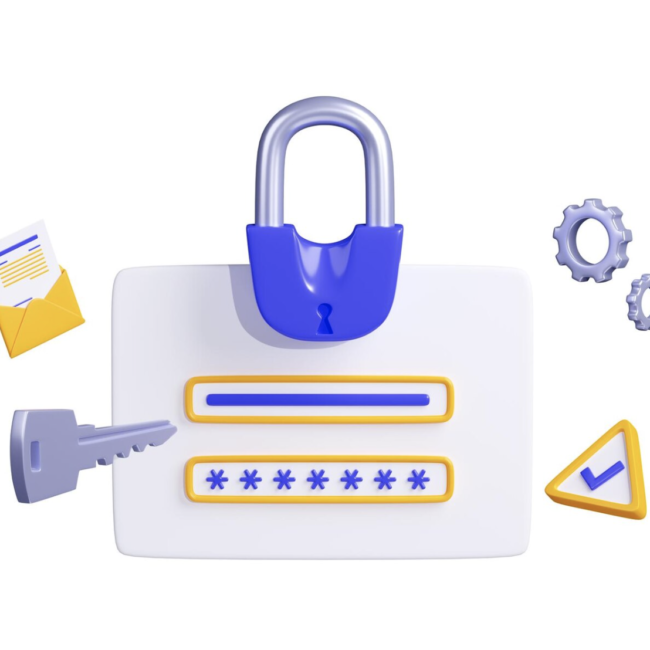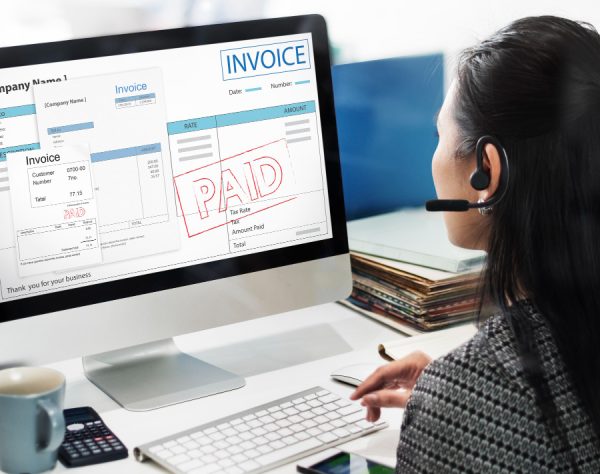
NetSuite Dashboards for Accounts Receivable
Every business relies on selling their products and/or services and collecting payments. Keeping the accounts receivable process running smoothly is crucial for a company’s survival and financial stability. An AR dashboard is incredibly helpful, as it gives clear data to the AR team, making their work easier. While most companies have some version of an AR or billing software, NetSuite’s AR dashboards serve as visual workspaces, presenting key performance metrics that offer insights into the status of invoice payments and departmental performance. Let’s explore some of these metrics.
Key Performance Indicators:
Key Performance Indicators provide a comprehensive comparison between specific time ranges. Use KPIs to evaluate variances between Receivables, Sales, New Business and Average days to Receive, enabling AR staff to effectively understand customers and enhance their sales proficiency.
Dashboard Tiles:
Use Dashboard Tiles to create a dynamic dashboard that presents Sales reports or KPIs in a visually compelling layout.
A/R Aging:
In NetSuite, an Accounts Receivable (AR) Aging Report helps businesses track and manage outstanding customer invoices. The report categorizes unpaid invoices based on their due dates, providing a snapshot of the aging of receivables.
Accounts Receivable Cash Incoming :
Accounts receivable cash incoming reflects projected weekly cash flow by customer. It typically indicates that cash is being received from customers who had previously purchased goods or services on credit. This is a crucial aspect of a company’s cash flow management because it represents the conversion of accounts receivable into actual cash.
Monthly New Customers (Sales Orders) Trend:
Keeping track of and analyzing your new customers’ monthly trends can help you optimize your business strategies and improve customer acquisition.
Reminders:
In this portlet, users have the ability to include imortant reminders for the Accounts Receivable team, such as overdue invoices, sales orders pending invoicing, and overdue invoices with specific due dates and amounts (e.g., 30 days overdue with an amount exceeding 50,000).
Bulk Email Invoices:
The following dashboards available through the Bulk Email Invoices SuiteApp available on NetSuite SuiteApp Marketplace help in analyzing:
- Daily Sales Outstanding (DSO), a crucial metric for evaluating and implementing necessary corrective actions to ensure the financial well-being of a company.
- Overdue receivables listed by the customer, thus making it easy for the AR team to view the consolidated information in one place and following-up as necessary.
For more information on the Bulk Email Invoices SuiteApp, please click on the image below.
Conclusion:
In conclusion, implementing Netsuite’s AR dashboards with these key metrics empowers organizations to identify overdue payments and take appropriate actions to ensure timely collections resulting in making informed decisions, streamlining processes, and maintaining a healthy cash flow.
If you have any more questions or need assistance, feel free to reach out to us. We’re here to support your NetSuite journey.









